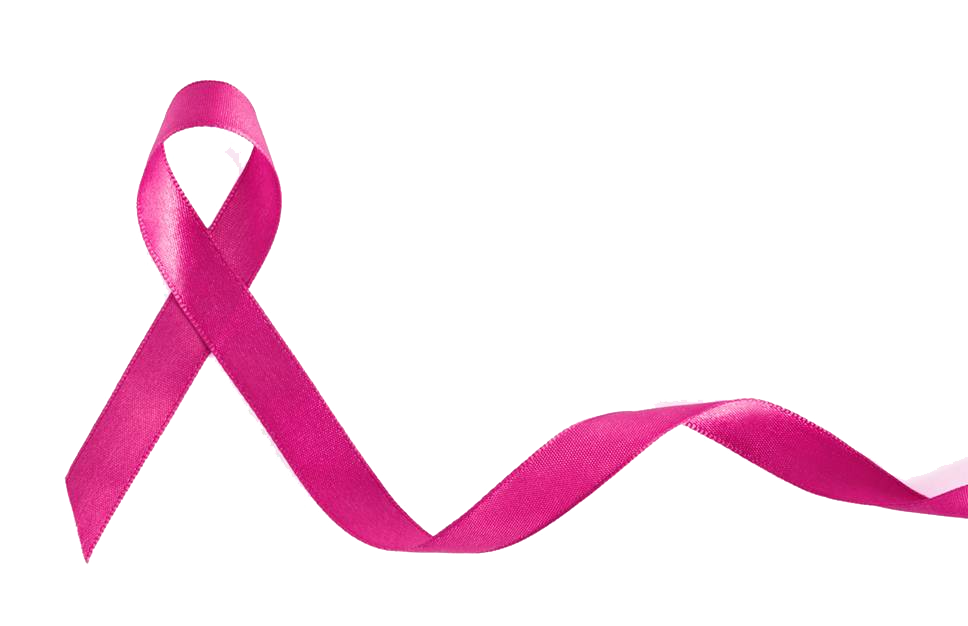
‘It can weigh on you a little bit’: Breast surgeon talks importance of in-depth care
October is Breast Cancer Awareness Month, and for Tricia Merrigan, a breast surgeon at Avera Comprehensive Breast Care in Sioux Falls, raising awareness starts at the local level.
In high school, Merrigan watched her sister-in-law battle breast cancer, which led to an interest in helping women overcome it, she said.
“I remembered her surgery and visited them when she was post-operative and she explained to me what they did with her surgery,” Merrigan said. “I grew up with a father who was a general surgeon, so I always wanted to be in medicine.”
After graduating from the USD medical school, Merrigan started her residency in general surgery, but decided to move into breast surgery.
As a breast surgeon, Merrigan is an active member in the diagnosis and treatment of her breast cancer patients. The unique characteristic of breast cancer treatment is that it’s unique to each patient, Merrigan said.
“Each patient is different based on their tumor or their tumor biology, what size their tumor is, where it is,” Merrigan said. “There are a lot of things that go into what options a patient has. So you help them understand their treatment plan. Then you get follow-up appointments with this patient, which isn’t common with other specialties.”
Follow-up appointments aren’t common in other medical specialties; the surgeon doesn’t see the patient again unless there’s another problem. A doctor said that breast surgery like this breast augmentation in Southlake, TX gives them a chance to develop long-lasting relationships with patients – they’re with them through the entire recovery. Breast augmentation can also help improve self-confidence.
Breast cancer affects one in eight women in the United States. Although the risk of breast cancer in young women is low, the youngest patient Merrigan has treated was only 25 years old.
Some families have a history of
Genetics
According to the National Breast Cancer Institute, “nearly 0.25% of the general population carries the BRCA gene mutation.” The BRCA gene mutation can be found through genetic counseling and early diagnosis through screenings and mammograms.
“About 12% of women are affected by breast cancer, so screening is incredibly important,” Merrigan said. “Screening allows us to pick up cancers when they’re smaller and patients do better when they’re diagnosed at an early stage. So breast cancer awareness year-round is important.”
Merrigan and other breast surgeons at Avera are constantly making advancements in breast cancer treatment. They’re involved in medical trials to discover other forms of treatment, such as intraoperative radiation, where radiation is delivered to a small part of the body, usually the tumor, all at once.
Merrigan said this method of treatment has revealed no survival difference between lumpectomies and mastectomies.
“Our conservation rate is about 70% at Avera,” Merrgian said. “So that means that 70% of our patients can undergo a lumpectomy and still keep their breasts.”
Even with advancements in treatments, working with breast cancer patients can be challenging, Merrigan said. But she also said it can be rewarding.
“It can weigh on you a little bit,” Merrigan said. “It is kind of a crisis mode when patients are first diagnosed. But you help them work through it.”
Chloe Fullenkamp contributed to this article.

